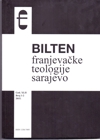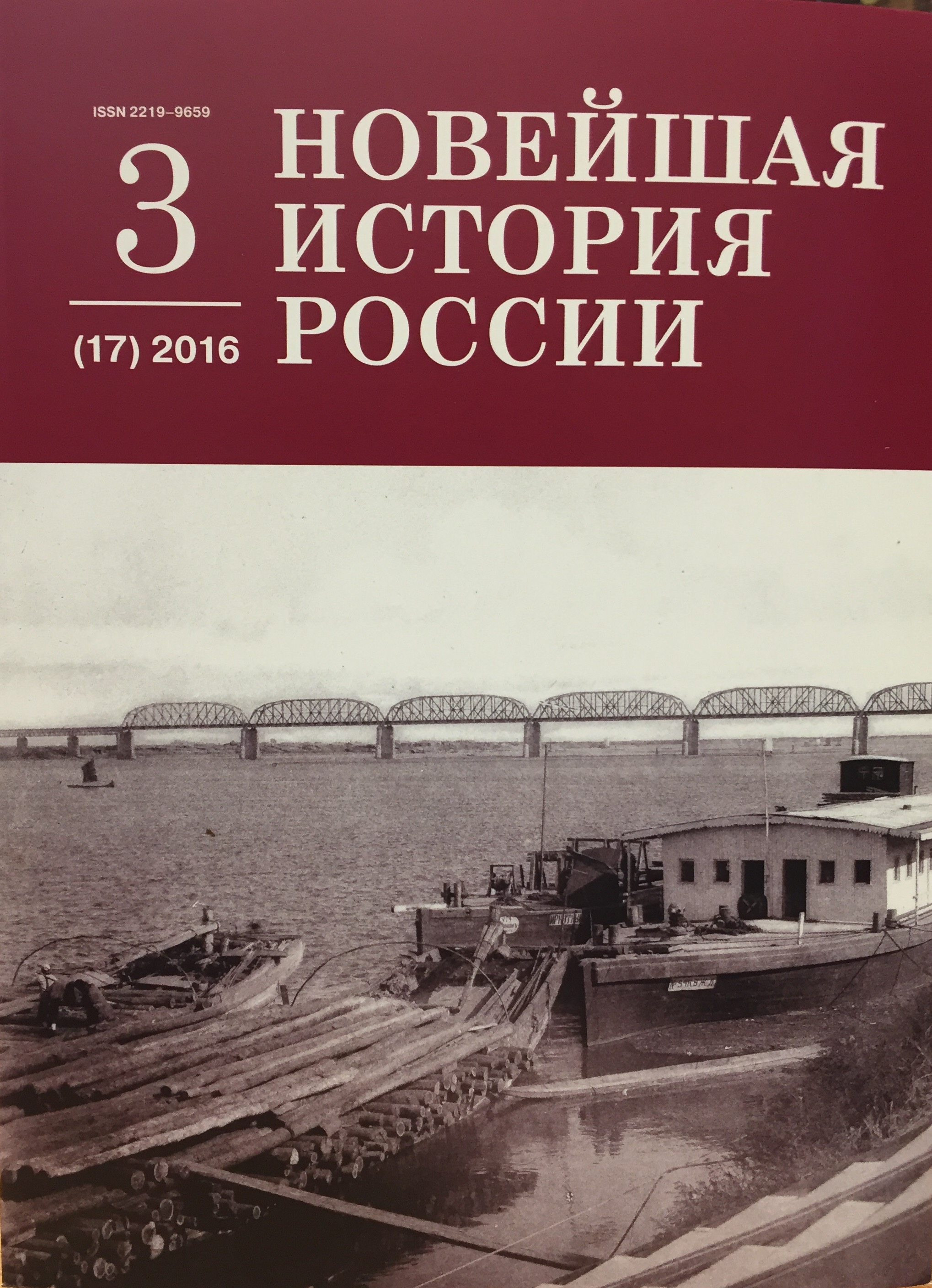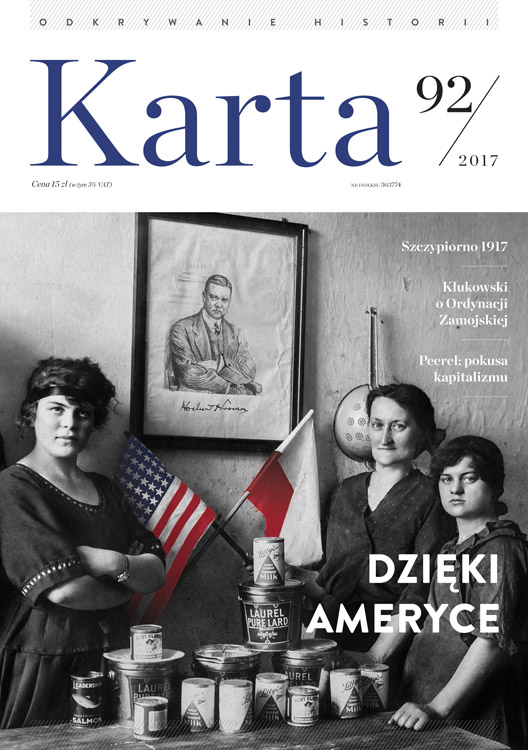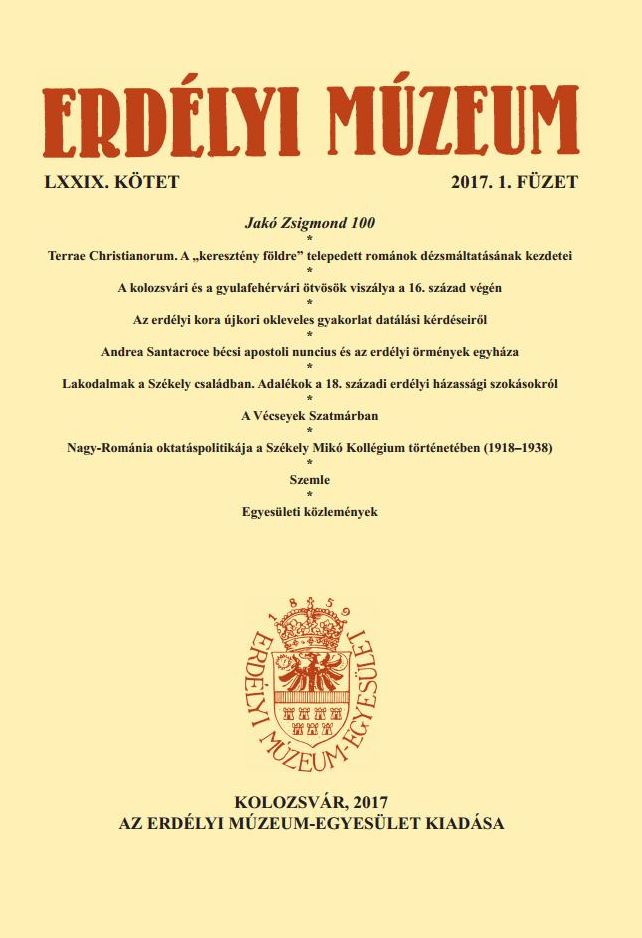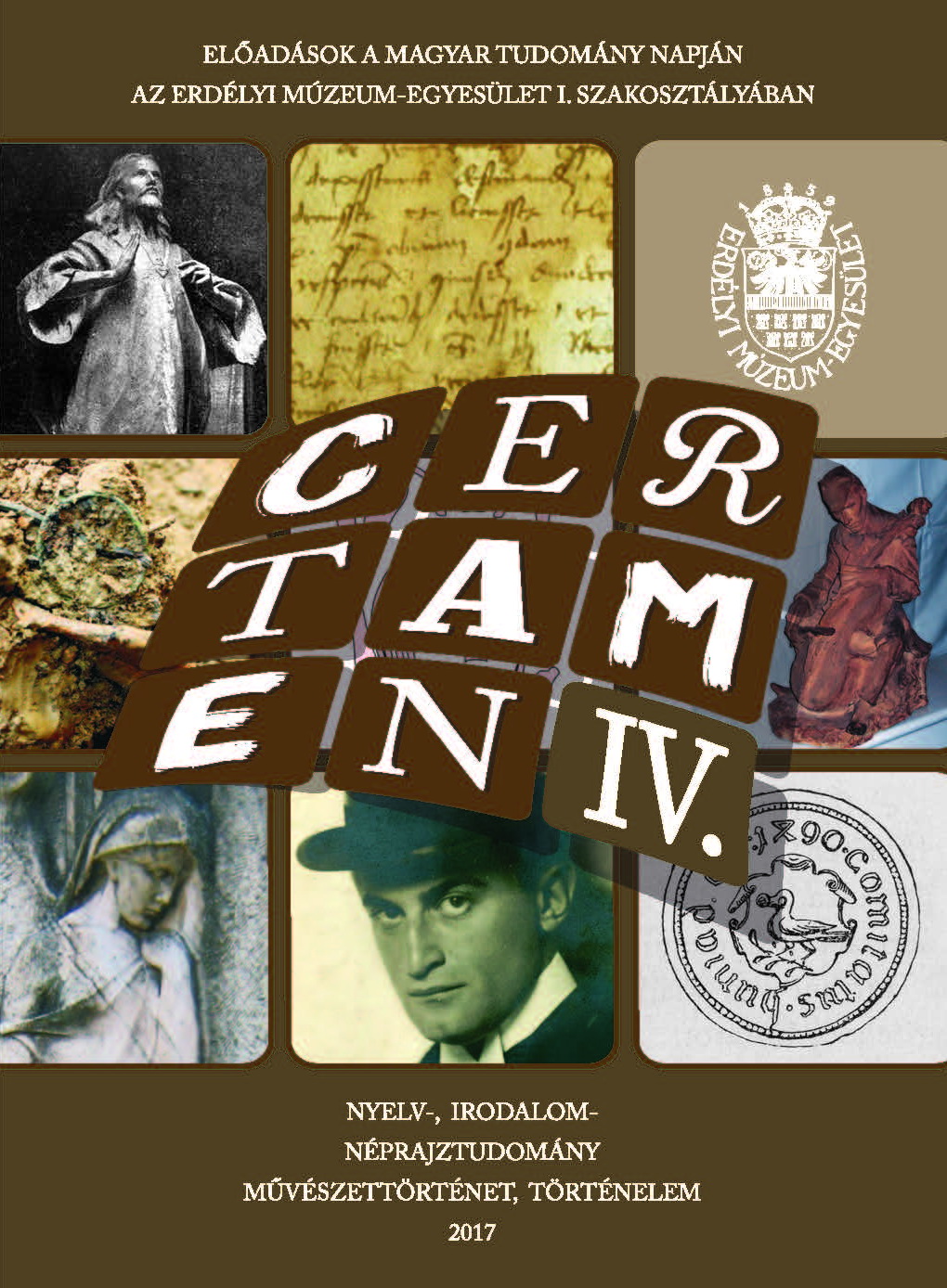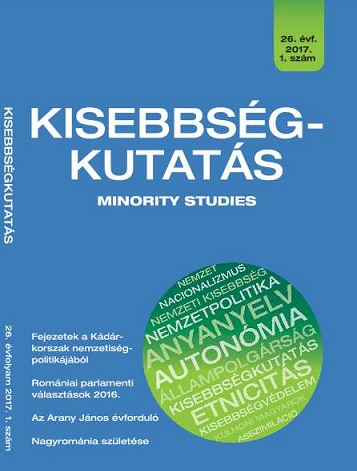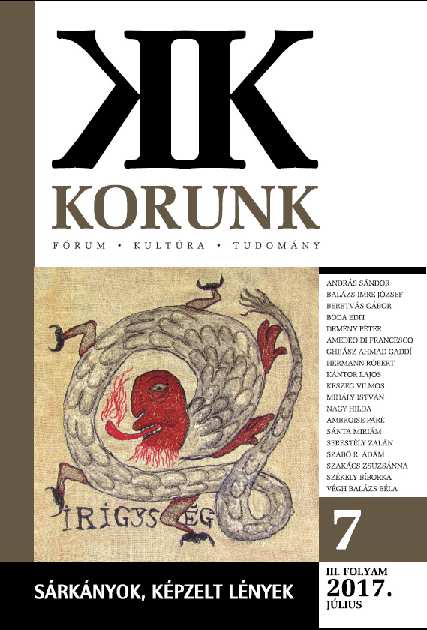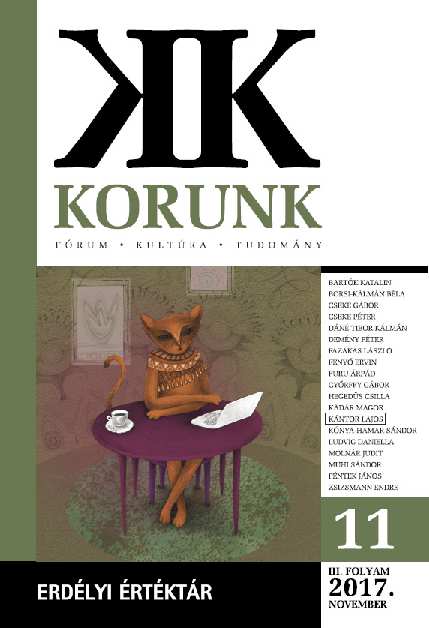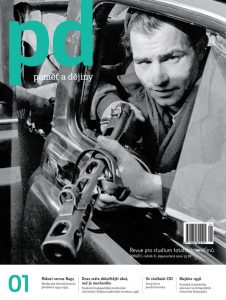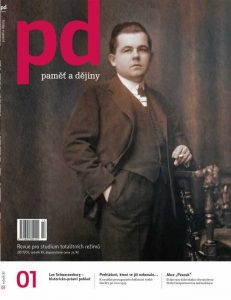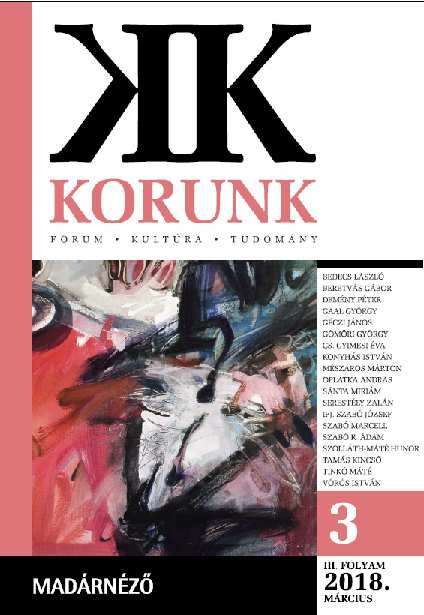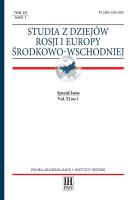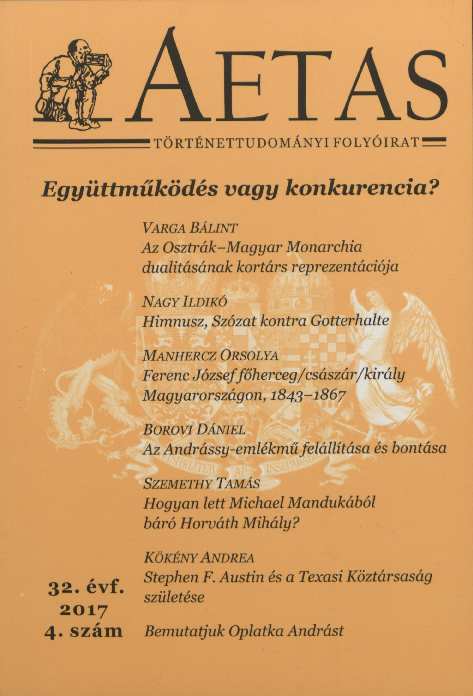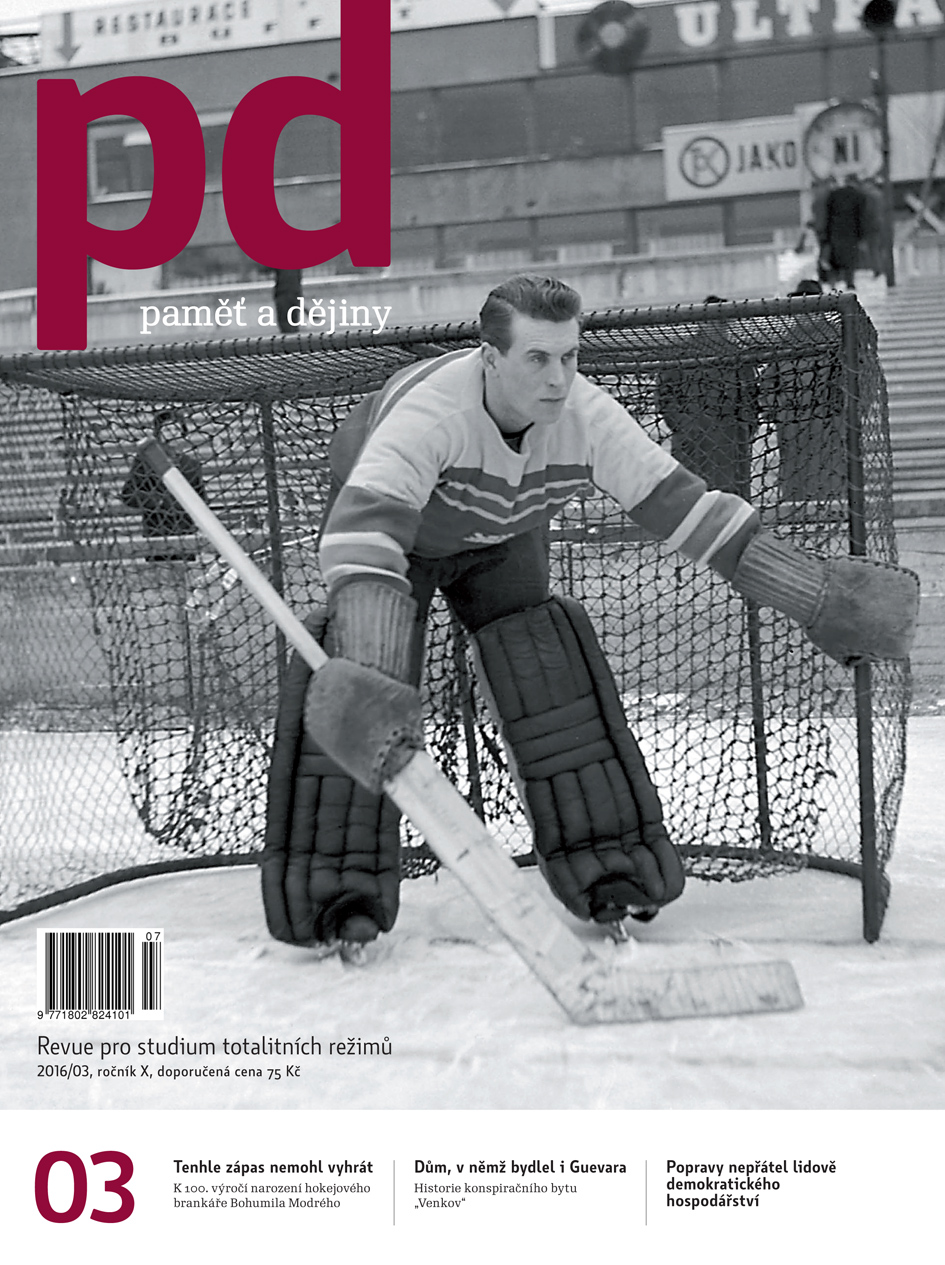
Popravy nepřátel lidově demokratického hospodářství
The Communists’ accession to power in 1948 brought a wave of persecution and trials with steep sentences for real and imagined opponents of the new regime. The most appalling acts of evil were the cases that resulted in the execution of one or more people. This study explores a unique group of the executed, including both victims of the regime and regular criminals. What they had in common was that they were in the dock for real and imagined crimes targeted at the economy of the Czechoslovak Republic and ended their lives on the execution ground. The main reason for the draconian verdicts and executions was an effort to scare the public and foster society’s hatred toward a class of traders “impoverishing the working people.”
More...
